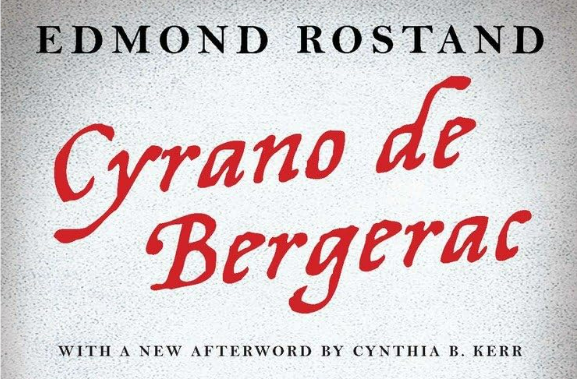Scene 1. I.
byScene 1. I. introduces the setting of the Hotel de Bourgogne in 1640, where the theater comes alive with anticipation for the evening’s performance. The venue, resembling a tennis court adapted for dramatic presentations, creates a unique, almost improvised ambiance. The space itself is dimly lit, with an oblong shape that hints at the artistic and chaotic energy within, while royal emblems adorn the stage, providing a hint of grandeur to the humble setting. The pit area, notably lacking chairs, adds to the informal yet charged atmosphere, where the audience’s interaction with the performance is not confined by the rigid expectations of more formal theaters. A collection of lusters is about to be lit, adding to the sense of spectacle and building excitement as the theater prepares for the evening’s show. As the curtain rises, the crowd begins to pour in, bringing with them a vibrant mix of personalities. Among them, troopers make their entrance with authoritative flair, asserting their right to free entry due to their military affiliations, while burghers, lackeys, and pages fill the room with animated chatter and lively discussions.
The theater becomes a microcosm of 17th-century French society, where people from various walks of life converge in a shared space, each with their own reasons for being there. Some engage in fencing, showcasing their physical prowess and competitive spirit, while others partake in card games, shedding the formalities of rank and title for a few moments of lighthearted entertainment. The atmosphere is thick with anticipation, as the audience eagerly awaits the start of La Clorise, a play that promises to entertain and intrigue. The playful energy of the crowd is punctuated by small moments of mischief and humor—guardsmen chasing after fleeting romantic pursuits, pickpockets exchanging secrets with their apprentices, and pages testing the boundaries of authority. These playful antics reveal the contrast between the formality of the theater’s setting and the lively, unpredictable nature of the people in attendance. The scene paints a picture of the theater as a place where societal boundaries are momentarily suspended, and individuals can indulge in their desires for excitement, connection, and diversion from their everyday lives.
As the crowd settles into the theater, a sense of community and revelry pervades the air. The audience, ranging from the aristocratic elite to the more humble citizens, all gather under the same roof to experience the drama that is about to unfold. Prominent names like Rotrou and Corneille, well-known playwrights of the time, echo through the discussions of the theatergoers, serving as a reminder of the cultural weight that the venue holds. The Hotel de Bourgogne, with its long history of hosting significant theatrical performances, acts as both a physical and symbolic space for the intellectual and artistic heart of Paris. It is not merely a place to view a play, but a place where the arts, culture, and the social fabric of society intertwine. As the anticipation for Master Balthazar Baro’s Clorise builds, the audience’s energy grows, aware that the night ahead holds more than just entertainment. For the patrons of the theater, this evening will be a shared experience, one that connects them to a deeper cultural history, reminding them of the power that theater holds in shaping societal conversations and ideals.
The stage is set for more than just the drama on the stage—it’s an event that encapsulates the human experience. The diverse crowd, full of distinct motivations, comes together to engage in the spectacle, each person with their own emotional stakes in the night. The complex interactions within the theater not only set the tone for the play but for the exploration of identity, class, and ambition that will unfold. Cyrano’s future interactions with these characters, particularly the ones introduced in this bustling setting, will highlight the tensions between personal honor, love, and societal expectations. The theater’s atmosphere is dynamic, its energy alternating between humor, excitement, and tension, reflecting the multifaceted nature of human desires and interactions. Through these vibrant and colorful exchanges, the play delves into themes of identity and purpose, exploring the roles that individuals play in both public and private spheres. These interactions within the theater are an essential part of the larger narrative, setting the stage for the unfolding drama of Cyrano de Bergerac.


